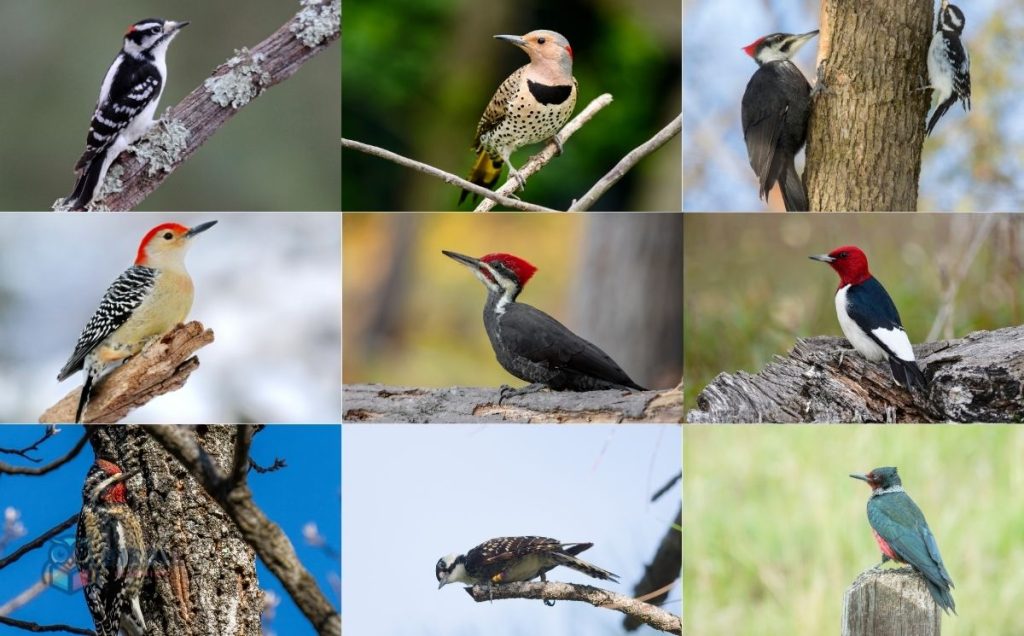I still remember the first time a woodpecker interrupted my train of thought during a weekend coding session. I’d driven out to the Blue Ridge Parkway to clear my head, laptop in the back seat, but by the time my IDE booted up I was on my hands and knees in the leaf litter, craning my neck at a red-headed blur rapping on a tree. That moment equal parts frustration and delight—was the start of something unexpected: birdwatching became my weekend debugger, and Virginia’s diverse woodpecker species became my teachers.
If you’re a fellow techie exploring a career in IT, this might sound like an odd hobby to tout. But here’s the thing: birdwatching trains the same muscles you use in software curiosity, pattern recognition, patience, and careful data collection. And Virginia, with its mix of mountains, wetlands, and suburbs, is a perfect classroom.
Why birdwatching is booming in Virginia
Walk into any trailhead on a crisp morning and you’ll see the signs: more binoculars, more smartphone-tapping as people log sightings, and more families introducing kids to songs and drumming. Interest in birdwatching in the Blue Ridge Parkway and beyond isn’t just nostalgic nature worship it's part citizen science, part outdoor mindfulness, and part tech-enabled hobby. Phone apps make identification immediate, community platforms collect massive datasets, and local groups organize guided watches that turn strangers into collaborators.
For someone in IT, the appeal is practical. You get real-time data (your sightings), geolocation (where you saw it), and patterns over time the exact ingredients of an analyst’s dream.
Meet the cast: Virginia’s diverse woodpecker species
Virginia hosts an impressive lineup: downy and hairy woodpeckers, the charismatic pileated, red-headed and red-bellied woodpeckers, flickers, and several more. Each species has a different foraging style and preferred habitat, which makes identification a satisfying puzzle.
I’ve learned to appreciate the differences the same way I learned to tell code smells apart—small clues add up: the tempo of the drumming, the silhouette in flight, or the way a bird favors dead branches. Watching a pileated work a trunk is like watching a masterful algorithm at work—elegant, efficient, and a little loud.
Best places to spot woodpeckers in Virginia
If you want quick wins (and great photos), there are reliable spots around the state. Think mountain corridors, old-growth patches, wetlands, and even suburban parks. Here are some go-to ideas:
- The Blue Ridge Parkway — legendary for diversity and the perfect backdrop for birdwatching in the Blue Ridge Parkway.
- Shenandoah National Park — mixed hardwoods attract pileateds and hairy woodpeckers.
- Coastal forests and swamps — excellent for red-headed and red-bellied woodpeckers.
- Local nature preserves and large mature backyards — surprisingly rich; your own yard can be prime real estate.
These are “best places to spot woodpeckers in Virginia” for a reason: they combine habitat variety with accessibility. But remember—quiet patience beats the fanciest binoculars.
Woodpecker identification tips for beginners
If you’re new to this, here are some simple, practical strategies I use—and that double as mental models familiar to IT folks:
- Start with size and silhouette. Is it crow-sized (pileated) or chickadee-sized (downy)?
- Listen before you look. Woodpecker drumming patterns are like signatures—fast, slow, staccato.
- Check the bill and head markings. A red crown vs. a red nape is an easy differentiator.
- Habitat clues. Some species prefer standing deadwood; others forage on the ground.
- Use an app, then verify. Log your sighting, but cross-check with photos and range maps later—think of it as unit testing your observation.
These woodpecker identification tips for beginners emphasize observation + verification—sound familiar, debugging friends?
The role of woodpeckers in healthy forests
Beyond their charisma, woodpeckers are forest engineers. They control insect outbreaks by foraging on bark and wood-boring larvae, create nesting cavities that benefit dozens of other species, and help accelerate decomposition. In short, they are a keystone group—when woodpeckers thrive, ecosystems hum.
For anyone who cares about resilient systems—whether a cloud architecture or a mixed hardwood forest—this is a useful metaphor: maintenance at the right level keeps complexity manageable. Protecting habitats for woodpeckers preserves functions we all rely on.
How birdwatching connects to IT careers
You might be wondering how loosely related hobbies translate to workplace skills. From my experience, birdwatching sharpens several career-relevant qualities:
- Data literacy: logging sightings, interpreting trends, and contributing to citizen science efforts.
- Tool fluency: using field apps, GPS, and even building small scripts to analyze your data.
- Observational acuity: noticing edge cases and anomalies valuable in QA and security.
- Patience and iteration: great for troubleshooting, code review, and long-term projects.
I’ve even used birdwatching datasets as a low-stakes way to practice visualization and mapping techniques datasets are datasets, whether they describe server logs or spring migration routes.
Getting started: simple next steps
- Download a field app and make a short list of common species to learn.
- Visit a nearby wildlife area try the Blue Ridge Parkway for an afternoon.
- Join a local birding group or an online forum; you’ll learn faster with people.
- Treat your observations like data: timestamp, location, photo, and a short note.
Even if you only have an hour on the weekend, consistency beats intensity. You’ll build both birding skill and a calming weekend ritual.
Conclusion — curiosity is portable
Virginia’s diverse woodpecker species offer more than pretty plumage they offer a window into systems, patterns, and the quiet work of maintenance that keeps ecosystems healthy. For those of us in IT, the parallels are direct: we protect, observe, and iterate. Birdwatching on the Blue Ridge Parkway or in your local park is a chance to practice skills that translate to the workplace while giving your brain a different kind of problem to solve.
So grab your binoculars or your notebook and go debug the forest for a weekend. You might return with a new perspective, a few crisp photos, and a refreshed approach to the problems on your desk.





Comments